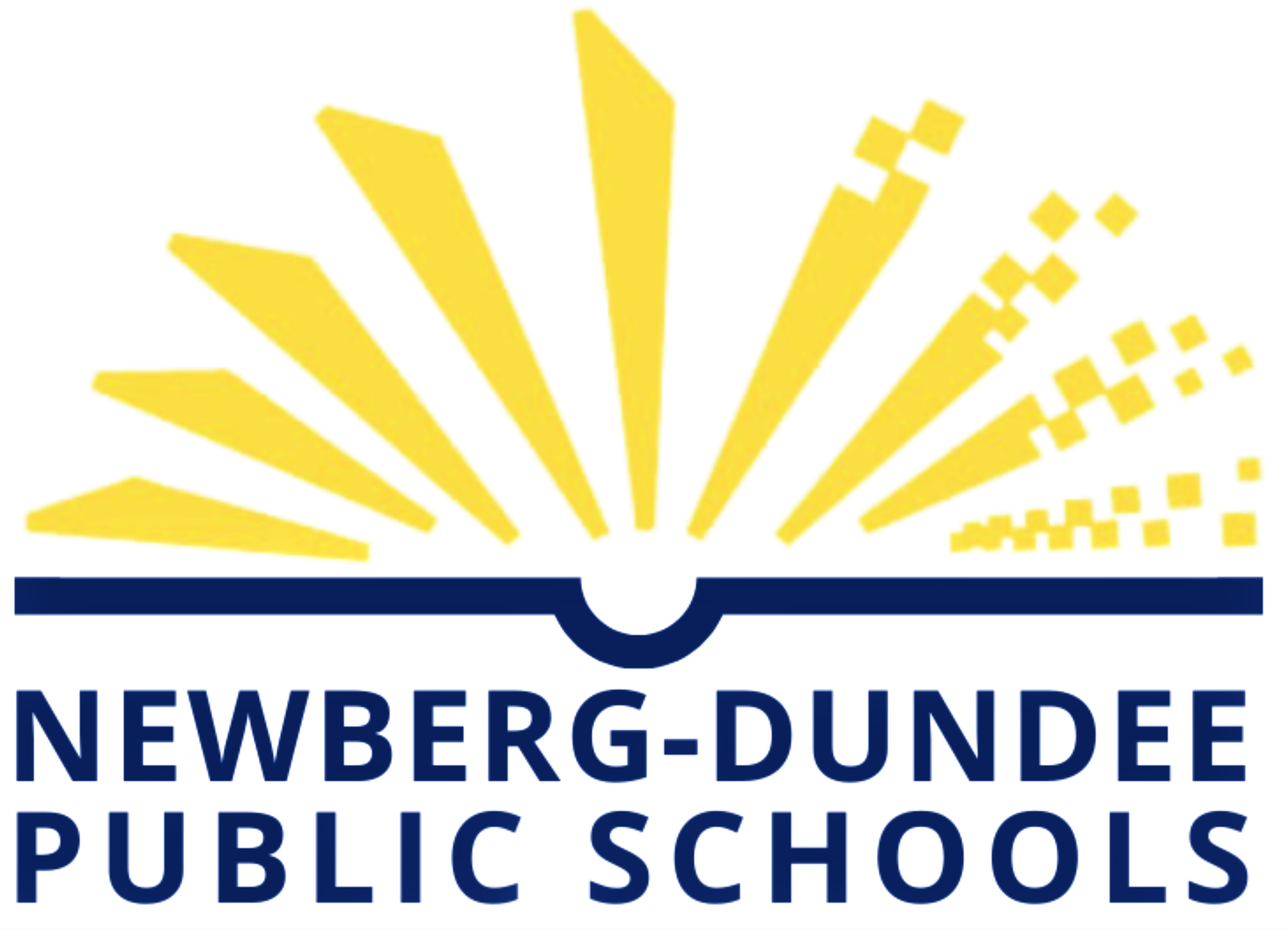STEM (Science, Technology, Engineering and Math)
The History of STEM
In 2001, Judith A. Ramaley, an American biologist and assistant director of education and human resources at the National Science Foundation (NSF), coined the acronym STEM as the disciplines gained strength as professional fields. In the mid-2000s, the federal government asked that public education foster educational opportunities for students who could work in the evolving STEM field.
What Is STEAM?
STEAM adds art to the acronym. Our schools must educate our students to be prepared to live in a digital age. This focus on modern-day skills has led to an increase in demand for students who can think critically, communicate through a broad range of media, work collaboratively and productively with other people, embrace new and changing technology, research and interpret information, and create and innovate new solutions to new problems.
How Is Newberg Preparing the Next Generation of Citizens?
Our elementary schools have makerspaces where students can learn new technology through building and creating. Our middle schools are equipped with classroom labs, technology, and curriculum. The high schools have aligned our curriculum and pedagogy. NHS and Catalyst have spaces for students to work and grow, with a strong focus on career and technical education.
Contact
- K-5 Career Connected Learning TOSA
- [email protected]
